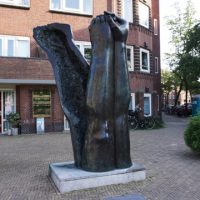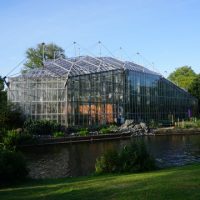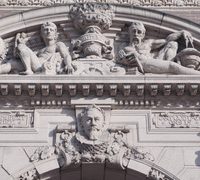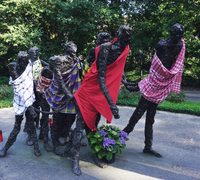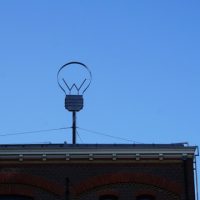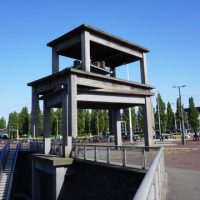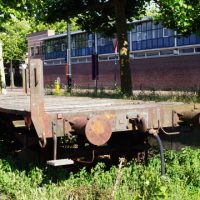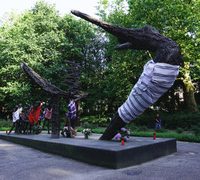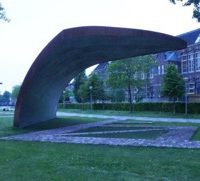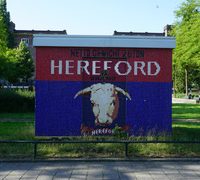Nelson Mandela, Steffen Maas and Museum without Walls, 2014
Pretoriusstraat
People seem to grasp intuitively that sculptures play an important part in the process of decolonisation. Even when they are dated, they are not regarded as innocent from the moment that their symbolism goes out of favour. For instance, in the capital it was the Van Heutsz monument in South Amsterdam that was the target of the Provos (a Dutch counterculture movement in the 1960s). They wrote slogans like ‘colonialism = capitalist fascism’ on the monument and even placed a bomb there. Under the pressure of constant criticism, in 2001 the name of the monument was changed into the neutral Dutch East Indies Monument and a critical plaque was added. The statue of Van Heutsz, a notorious general who applied harsh measures in the colony of the Dutch East Indies at the beginning of the twentieth century, was removed.
In the United States various statues of proponents of slavery were taken down and destroyed in 2017. Was this anger really directed at the insensitive bronze? Can a human foot inflict more pain on it than it receives? It is not the statues, and certainly not the fallen heroes, but the ideas that get trampled on. They are the figureheads of an ideology, so pulling them down or daubing them with paint creates a perfect visual struggle. In the pulling down of the statue of Saddam Hussain that the US forces staged in Baghdad in 2003, and in the pulling down of statues at the end of regimes all over the world, we see that photographs of the scene play a major and iconic role in the changing of the ideological guard.
Compared with the United States or neighbouring Belgium, for example, the Netherlands has a relatively small tradition of heroes on pedestals in the public space. The enormous tangle of street names called after people whom we often no longer recognise is less suitable for a symbolic struggle. But besides this complex discussion, there is also room for new works of art. While a critical debate goes on about the tenability of the old symbols, new symbols ae created at the same time. Besides removing statues, placing critical texts or erecting counter-monuments, such as a Monument against Apartheid and Racism on this same square, this is yet another way of making room for ideologies. New works of art can honour heroes whose stories may be an example for the struggle against racism and segregation.
The mosaic of Nelson Mandela on the corner of the Pretoriusstraat in the Transvaalbuurt is one of the new symbols. Beside it is a large placard with the words ‘Unity in Diversity’, one of the pronouncements of the first Black president of South Africa, who dedicated his life to dismantling the system of apartheid. The two parts of this work were placed by Steffen Maas in 2015 on a commission by the Eigen Haard housing association and in collaboration with local residents and the Museum without Walls, an initiative to chart the history and stories of the Transvaalbuurt. The residents chose a tribute to Mandela as a symbol for the neighbourhood. Maas sees the freedom fighter as the universal face of a peaceful society. The work has been composed as a mosaic of little wooden shields. The locals involved in devising and implementing this enormous project wrote their names on the back of them.
